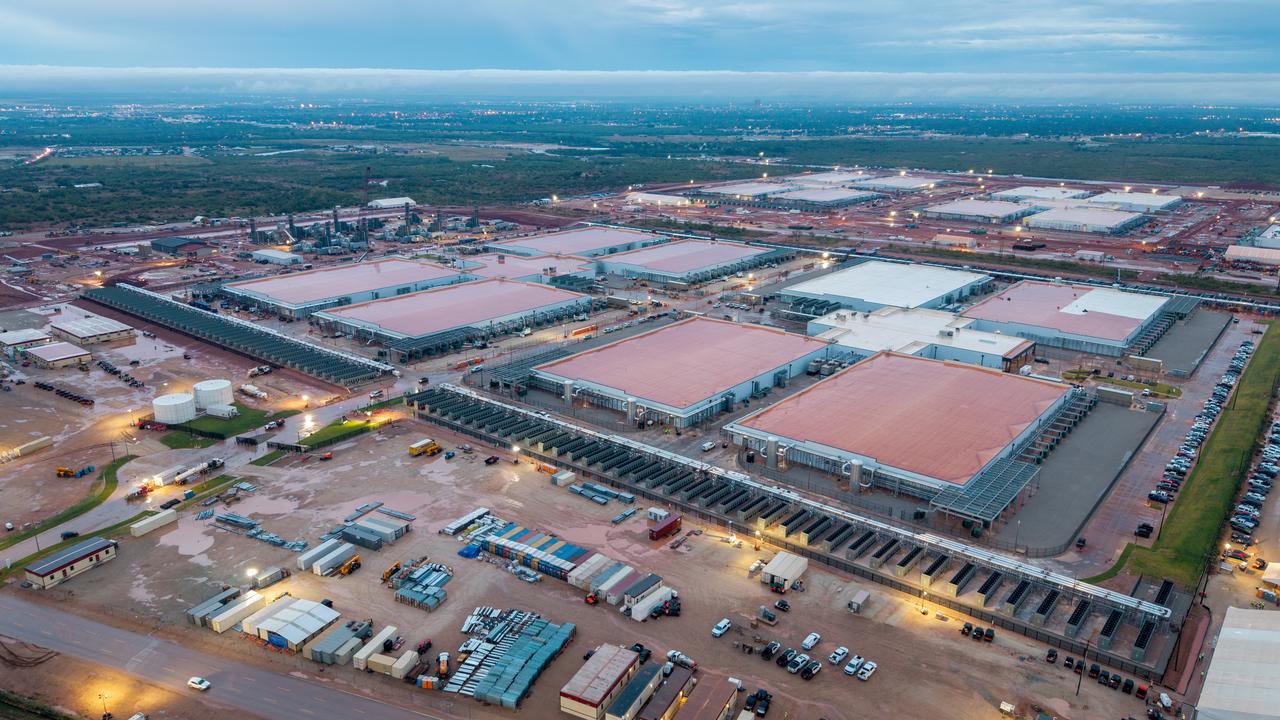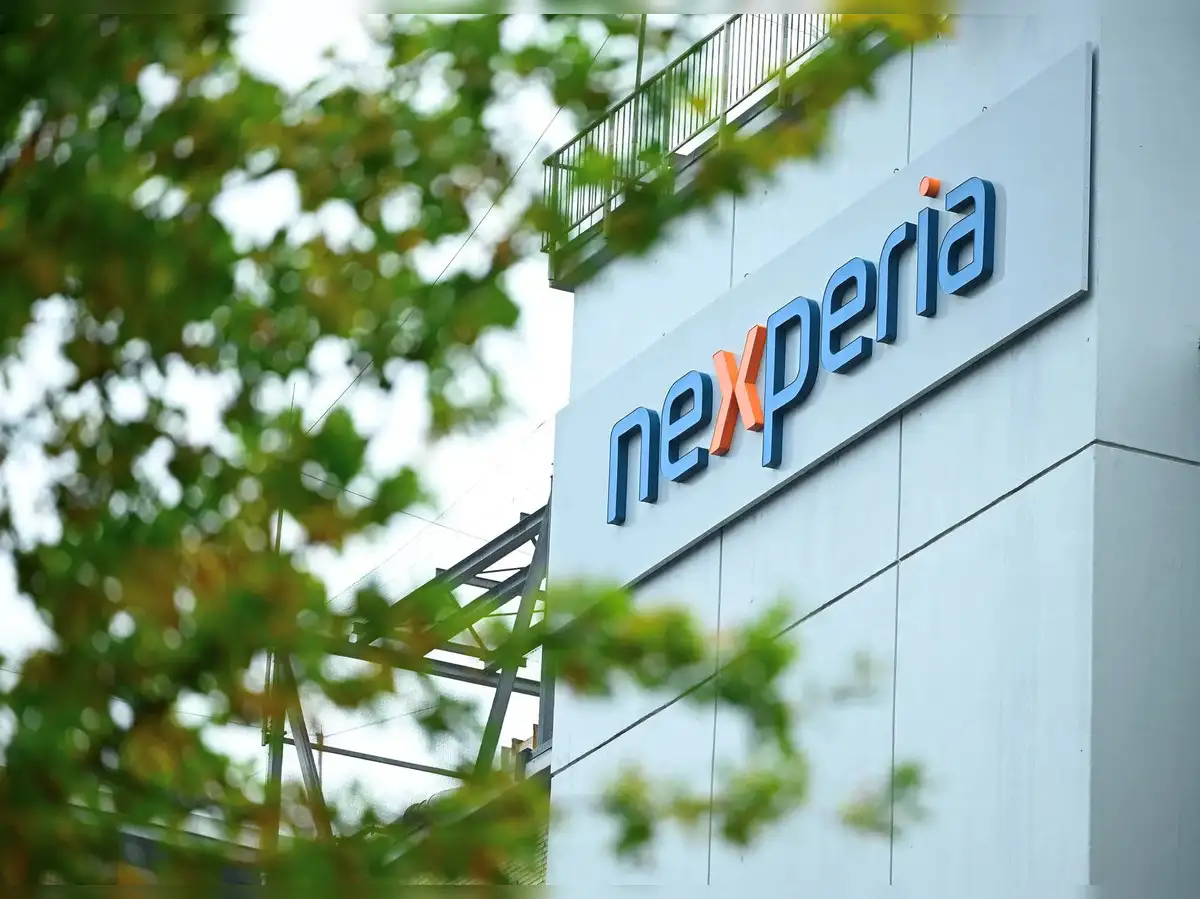Copyright news

At least not yet. The hype surrounding the future of AI has driven astronomical gains in the US tech sector as investors flock to what some are describing as the “new renaissance”. In the second quarter of 2025, the tech sector added roughly 0.66 percentage points to total US growth, and investment in intellectual property, software, and R&D added another 0.78 points. AI-related and adjacent tech have therefore accounted for around a fifth of the economy’s growth, even before AI is fully commercialised across industries. Powerful tech companies and their respective governments are feverishly pouring every resource available in a bid to win the “AI race”, which is loosely defined as the race towards the world’s first AGI (artificial general intelligence). At that point, the “winner” would wield unprecedented power with a new technology theoretically capable of wiping out tens of millions of jobs overnight. That prospect is largely what is propelling the boom. For the world’s most rich and powerful, the idea that humanity is careering towards an evolutionary event horizon is too tempting to ignore. But before they get there, tech oligarchs need to address an far more urgent problem. Much like the internet frenzy of the 1990s, today’s artificial-intelligence rush has triggered a construction boom of staggering scale. Computer chips are no longer the issue, but finding the immense amount of energy to power them is, so much so that Donald Trump has pledged US$80 billion to build ten more large nuclear plants within five years. The issue is not lost on the tech titans, but at this point, even after years of being warned, it appears there is no turning back. “The biggest issue we are now having is not a compute glut, but it’s the power and … the ability to get the builds done fast enough close to power,” Microsoft CEO Satya Nadella said in a recent conversation with OpenAI’s Sam Altman. “So if you can’t do that, you may actually have a bunch of chips sitting in inventory that I can’t plug in.” Google, Microsoft, Amazon’s AWS, and Meta are set to spend roughly $400 billion in 2025, with even more expected the following year. Their enormous coffers are building the digital cathedrals of the AI era, and investors are still cheering them on. For now, at least. AI’s massive data centres also consume water by the gigaton, with a recent OECD study estimating that AI systems will consume between 4.2 and 6.6 billion cubic metres of water per year by 2027. That’s more than the annual water use of Denmark, or nearly half the entire United Kingdom. The timeline of development also makes things tricky. Each facility takes about two years to build, but new high-voltage power lines can take a decade to approve and complete. Virginia, home to the world’s largest cloud-computing hub, is a good example of the growing strain on the AI sector. Dominion Energy had an order book of 40 gigawatts of new data-centre demand last year, which is equal to forty nuclear reactors. That has now risen to 47 gigawatts by November 2025. Analysts now warn data centres could consume 7 to 12 per cent of US electricity by 2030, up from about 4 per cent today, though some experts — like UC Berkeley’s Jonathan Koomey — argue the forecasts may be a little overblown. “Many data centres that are talked about and proposed and in some cases even announced will never get built,” he says. If the projections do prove right, America could face a 45-gigawatt shortfall by 2028 — which is roughly enough to power 33 million homes. According to a 2025 McKinsey report titled “The Cost of Compute: A $7 Trillion Race to Scale Data Centers,” the global scramble could become one of the most expensive infrastructure undertakings in modern history. The consultancy estimates that by 2030, the world could spend as much as US$7 trillion (A$10.7 trillion) building, equipping, and energising data centres, which is roughly the same size as Japan’s entire economy. The figure encompasses everything from chips, servers, power infrastructure, water systems, and cooling networks needed to sustain the rise of AI computing. How is the problem being tackled? Right now, AI is in its explosive expansion phase, and nobody is keen on falling behind. Some areas have delayed retiring coal plants despite their heavy carbon footprint, just so they can keep their data centres afloat. Natural gas, which already powers roughly 40 per cent of data centres worldwide, is being favoured as everyone piles into the race. In the state of Georgia, one utility has requested approval for 10 gigawatts of new gas generation. Meanwhile, Google plans to restart a reactor in Iowa by 2029, and solar and battery projects in Texas and California are set to add about 100 gigawatts of new capacity by the end of the decade. Others, including Elon Musk’s start-up xAI, have been snapping up used turbines from overseas or even repurposing old aircraft engines. “The real existential threat right now is not a degree of climate change,” warned Interior Secretary Doug Burgum in October. “It’s the fact that we could lose the AI arms race if we don’t have enough power.” The issue also hits us at home. According to a 2025 study by Australian Energy Market Operator (AEMO) and Oxford Economics Australia, data centres in the National Electricity Market already consumed approximately. 3.9 terawatt-hours in FY2025 and under a high-growth scenario are forecast to triple by 2030, roughly equivalent to about 2 per cent of grid-supplied electricity today and rising to 12 per cent long-term. The scale of investment is also massive. In 2024, Australia was the second-largest location globally for data-centre capital investment at A$6.7 billion. But the boom comes with clear pressure points. Like other cities around the globe, Sydney and Melbourne may struggle to keep up without significant upgrades in power supply, cooling systems and water-use infrastructure. Is it all a bubble? The drawbacks have naturally sown doubt amongst economists, with some questioning whether AI is inflating a bubble. The Bank for International Settlements has warned that AI could sow the same kind of exuberance that fuelled the dot-com boom. Economist Torsten Slok has even argued that major AI-focused firms may now be more overvalued than tech stocks were at their pre-crash peak. Some Federal Reserve officials have countered that idea, saying that even if AI stocks are slightly overpriced, they’re unlikely to pose a systemic risk. The worry is that companies are racing to build expensive data centers and snap up chips faster than profits can catch up. Tech sector naysayers have been left with egg on their faces in the past, though. Early critics of Bitcoin and cryptocurrency dismissed them as bubbles destined to pop, only to see blockchain technology evolve into a lasting financial and technological framework worth tens of billions of dollars. Just like crypto, the hype tsunami might seem a bit ridiculous at first. But a lot can happen in 15 years, as seen with the meteoric rise of Bitcoin. Economic research on past booms suggests that speculative waves often fund the infrastructure that becomes fuel for lasting innovation. From that perspective, today’s AI frenzy might simply be the necessary overreach before the next great leap in productivity, even if it hits some bumps along the way. AI’s famous skeptics, however, are laughing bleakly at that notion and say we’re arrogantly building the weapon that will wipe out humanity once and for all. Thoughts? alexander.blair@news.com.au



